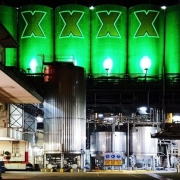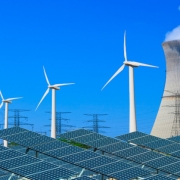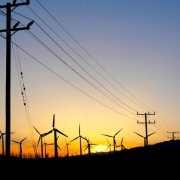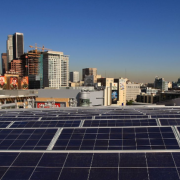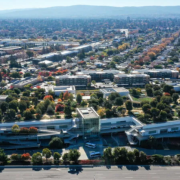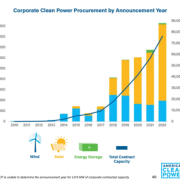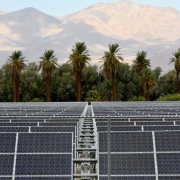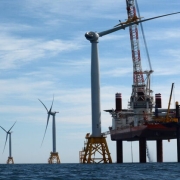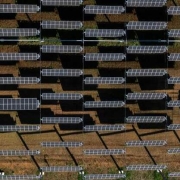Lion-owned XXXX Brewery has signed a power purchase agreement (PPA) to satisfy 100% of the electricity needs for the 144-year-old XXXX brewery in Brisbane, Australia, from the AUD 130 million ($90 million) Woolooga solar farm.
The Woolooga project – under development near Gympie, Queensland, by oil giant bp’s renewables joint venture with UK solar company Lightsource – has already commenced generation. It is expected to achieve full production early this year.
Lion’s latest XXXX brand campaign asks Australians to “give a XXXX” about the world and environment, and claims the offtake agreement will see the company reach its target of 100% purchased renewable electricity by 2025 in Australia, two years ahead of schedule.
Click here to read the full article
Source: PV Magazine
—
If you have any questions or thoughts about the topic, feel free to contact us here or leave a comment below.

